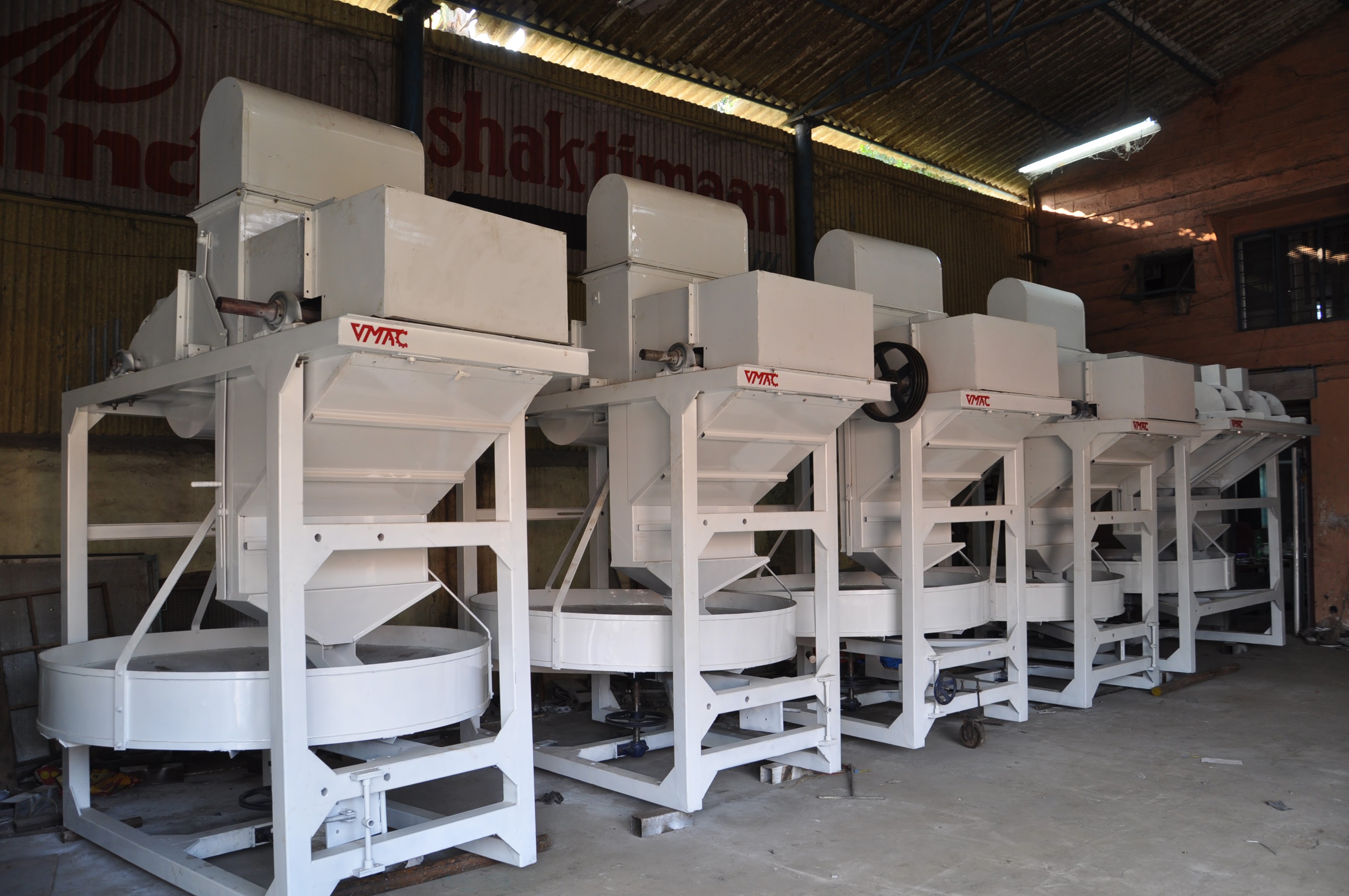
Production
Mastering Coffee Production
At Vmac Industries, we've mastered the balance between traditional craftsmanship and modern technology.
Explore how implementing energy-efficient practices and machinery in your coffee production line can lower operating costs while meeting today’s growing demand for sustainable operations.
Rising energy costs and growing environmental concerns are pushing coffee producers to rethink how they power and operate their facilities. From innovative equipment designs to alternative energy sources, improving energy efficiency can yield significant savings, reduce your carbon footprint, and enhance your brand’s reputation. This guide dives into practical strategies to boost energy efficiency throughout your coffee production process—helping you safeguard profit margins and meet consumer expectations for ethical, sustainable coffee.
Lower Operational Costs
Reducing energy waste directly impacts your bottom line by trimming utility bills, allowing you to allocate funds toward other aspects of your business—like equipment upgrades or quality control.
Brand Differentiation
Sustainability sells. Today’s consumers value eco-friendly practices, and highlighting your energy-conscious operations can strengthen customer loyalty and open new markets.
Compliance and Incentives
Government regulations and incentive programs often reward energy-efficient measures, offering tax breaks, grants, or utility rebates that speed up ROI.
Future-Proofing
Emissions standards and utility prices can shift over time, so early adoption of energy-saving measures positions you for long-term stability.
An energy audit identifies how your facility consumes power, revealing inefficiencies and opportunities for optimization.
In-House Assessment
A good starting point for smaller operations. Track daily and seasonal energy consumption, pinpoint obvious waste (e.g., idle machinery, poor insulation, or suboptimal lighting).
Professional Assessment
Specialized auditors use tools like thermal cameras and real-time monitoring systems to uncover hidden inefficiencies. They may also advise on relevant incentive programs.
Gather data on metrics like kilowatt-hours (kWh) per ton of coffee processed, or compare usage between peak and off-peak periods. These measurements help you set performance benchmarks and track progress after implementing improvements.
Real-Time Monitoring
Roasters equipped with sensors and automation can adjust flame intensity or airflow instantly, preventing overuse of fuel or electricity.
Heat Recirculation
Some models recapture heat from exhaust air to preheat incoming air, cutting overall fuel consumption.
Insulated Chambers
High-quality insulation prevents heat loss and shortens drying times.
Variable Airflow
Letting operators tweak fan speed and temperature ensures precise energy use—no more running at full blast when half power suffices.
Low-Power Motors
Modern designs often incorporate motors that adjust speed based on load, minimizing energy waste.
High-Efficiency Bearings and Belts
Reduced friction translates into lower power draw and fewer mechanical breakdowns.
Shorter Conveyance Routes
Minimizing the distance beans travel between machines reduces motor loads on conveyors or pneumatic lines.
Zoning
Group equipment with similar temperature or humidity requirements together, letting you target climate control more precisely.
Take advantage of off-peak electricity rates by scheduling energy-intensive tasks—like roasting or large-scale drying—during cheaper utility periods. Automated timers and sensors can facilitate these off-peak operations with minimal staff intervention.
Clean, well-lubricated machines run more smoothly. Dust-clogged vents in roasters or dryers force fans and motors to work harder, spiking energy consumption. A robust maintenance schedule can offset these hidden drains.
Solar Panels
Install on facility rooftops or nearby land to produce a portion of your electricity demand. Large roasteries in sunny climates can see considerable savings over time.
Biomass Boilers
Some coffee producers use coffee husks or other organic waste as a fuel source, turning a by-product into an energy asset.
Capture waste heat from roasters or dryers and channel it into water heating, pre-drying beans, or even office space heating. Reusing energy that would otherwise dissipate significantly cuts fuel or electricity use.
Every staff member can contribute to energy savings by:
Shutting Down Idle Equipment
Encourage operators to power off machinery not in use—overnight or during extended downtime.
Reporting Inefficiencies
Workers on the floor often spot leaks, blockages, or malfunctioning components first.
Monthly Targets
Outline achievable kWh savings per month or quarter, revisiting these goals during routine staff meetings.
Transparent Dashboards
Post energy consumption metrics for all to see, fostering a culture of accountability and communal effort.
Energy optimization is an ongoing process. As technology evolves, remain open to adopting next-generation solutions—like AI-driven motor controls or more advanced sensor arrays.
Look beyond the immediate drop in utility bills:
Reduced Maintenance
Less strain on motors and fans prolongs service intervals.
Improved Bean Quality
Carefully controlled conditions often yield better, more uniform results, which can fetch higher market prices.
In a consumer-driven market, demonstrating a commitment to sustainability sets you apart. Certifications or partnership with eco-focused organizations offer marketing leverage to specialty coffee buyers and international clients.
Equipment and facility designs that adapt to new energy standards and cost fluctuations shield your operation from unforeseen spikes or regulatory changes.
Embracing energy efficiency in coffee production is more than a cost-cutting measure—it’s a strategic investment in sustainability, brand reputation, and long-term profitability. By conducting a thorough audit, upgrading to eco-friendly equipment, optimizing your facility layout, and harnessing renewable resources, you stand to save on operational expenses while meeting growing consumer demands for responsible coffee production. The result is a facility that thrives in today’s competitive market and remains poised for future expansion or innovation.
Lastest blog posts